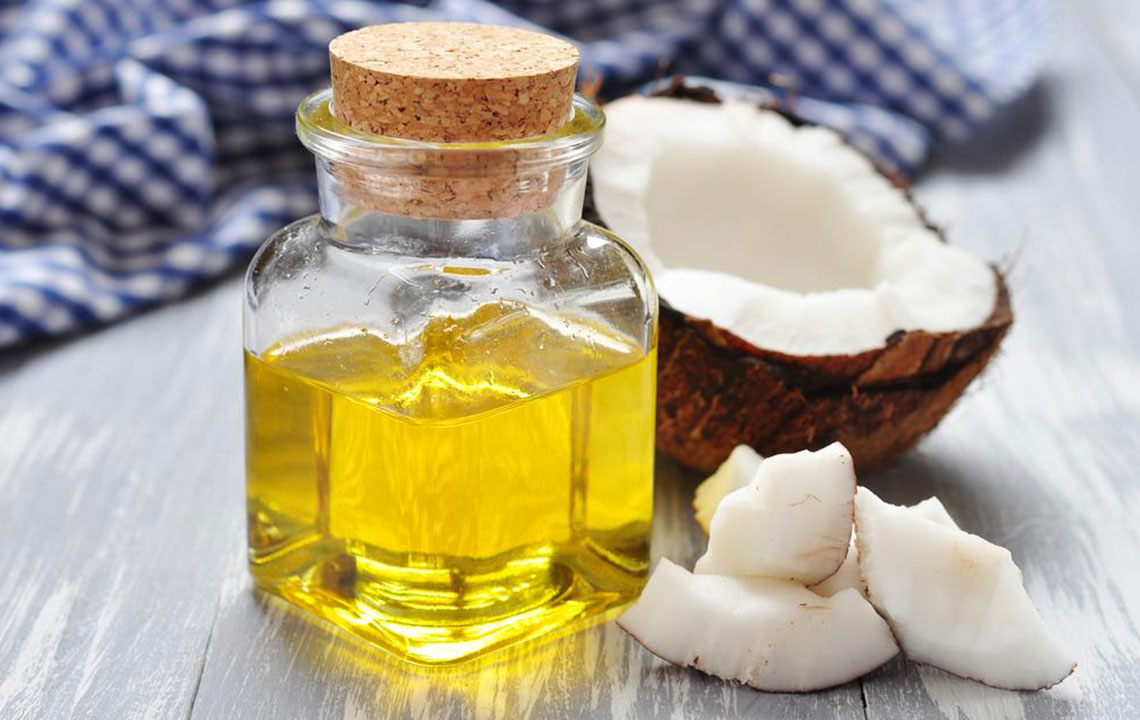How to Choose the Right Probiotic Supplements
Learn how to choose the most effective probiotic supplements by examining packaging, delivery systems, and bacterial strains. Discover key strains like B. bifidum, L. acidophilus, and L. rhamnosus that support digestive health. Proper packaging ensures bacteria survival, and multiple strains work synergistically for optimal gut health. A well-informed choice leads to better probiotic benefits and improved digestion. Keep in mind, strain diversity matters more than CFU count, and quality packaging protects potency during storage and transit.

How to Select the Best Probiotic Supplements
When considering probiotic supplements, it's essential to evaluate specific factors that determine their effectiveness. Key aspects include the packaging and delivery mechanism, as well as the strains of bacteria included.
Packaging and Delivery Methods
One of the primary considerations is how probiotics are packaged and delivered. Proper packaging preserves the bacteria's viability, ensuring they remain active until they reach the gut. Different delivery forms, such as controlled-release tablets like caplets, beadlet technology, or specially formulated capsules, help protect probiotics from stomach acid and maximize their impact.
Supplements containing dead or unstable bacteria are ineffective. Innovative delivery systems enhance bacterial survival through the digestive process. Packaging that shields probiotics from moisture, heat, and light—like opaque bottles with desiccants or specialized blister packs—ensures their potency during storage and transit.
The probiotic's strain diversity is more important than just the total bacterial count. Many products advertise CFUs, but the efficacy depends largely on the variety of strains present, each serving different functions. Multiple strains work synergistically to support gut health more effectively than high doses of a single strain.
Common probiotic strains include:
B. bifidum—Found in both small and large intestines, B. bifidum aids in digesting dairy products and breaking down complex carbohydrates, fats, and proteins, especially as digestion efficiency declines with age.
L. acidophilus—A vital Lactobacillus strain that colonizes the small intestine, facilitating nutrient absorption and supporting dairy digestion.
B. longum—Prevalent in adult guts, B. longum maintains gut wall integrity and detoxifies the digestive system.
L. rhamnosus—Known as a travel probiotic, it helps prevent travel-related diarrhea.
Note:
Our blog provides research-based insights across various topics. While we aim to deliver accurate and useful information, it shouldn't replace professional advice. The website does not guarantee data accuracy from other sources or offer complete coverage of current deals or schemes.










